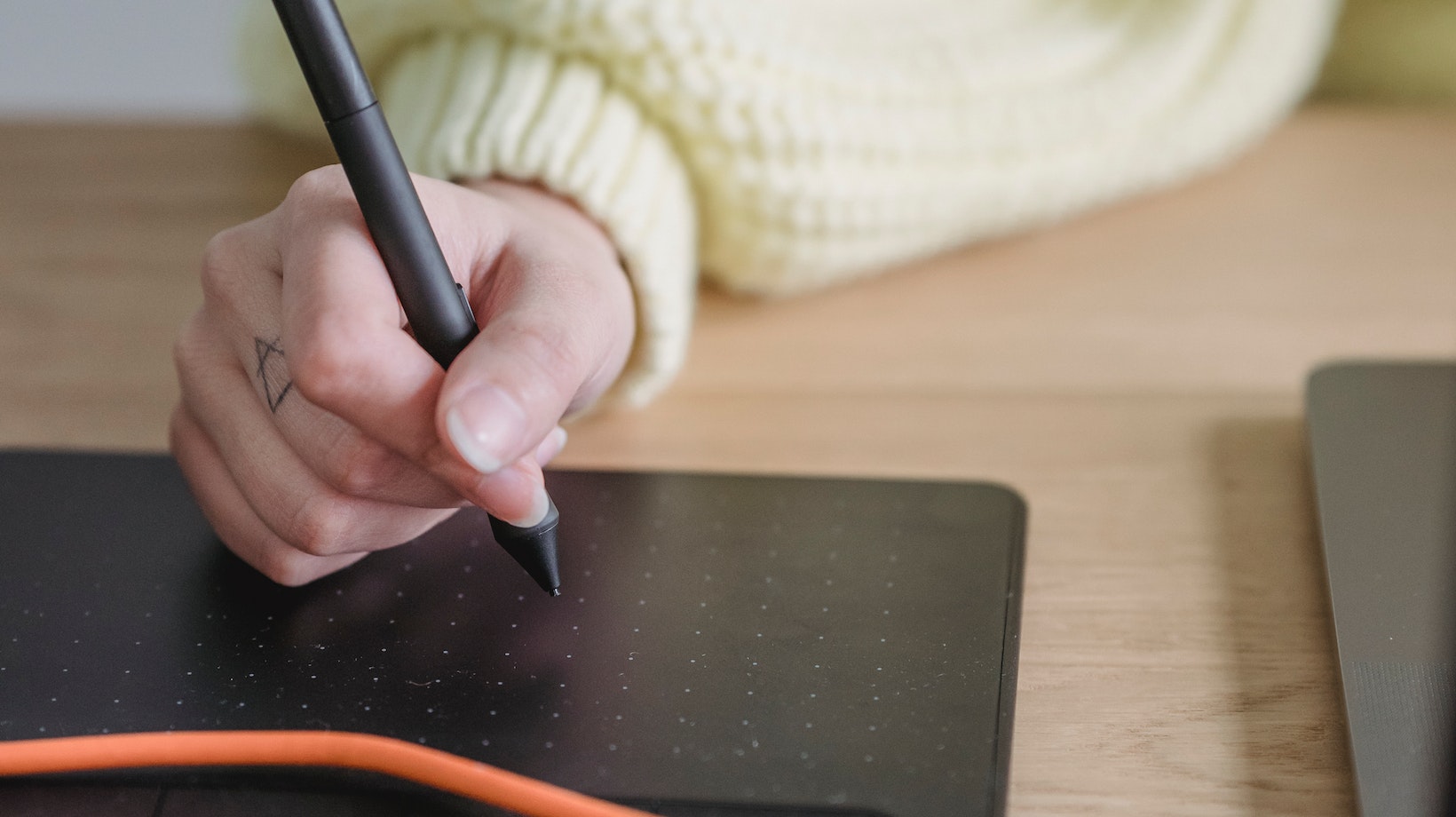If you’re looking to delete an artboard in Illustrator, I’ll show you how it can be done. Deleting an artboard is a straightforward process and can help tidy up your project or make room for new designs. To delete an artboard, simply select it by clicking on its edge with the Selection Tool (V) or by choosing it from the Artboards panel. Once selected, press the Delete key on your keyboard or right-click on the artboard and choose “Delete” from the context menu. Confirm the deletion if prompted, and voila! The artboard will be removed from your Illustrator document.
It’s important to note that deleting an artboard does not delete any artwork contained within it. The objects on the deleted artboard will still remain in your document but may no longer be visible if they were only placed within that specific artboard’s boundaries. If you want to remove both the artboard and its contents entirely from your project, make sure to select all objects on that particular artboard before deleting it.
Now that you know how to delete an artboard in Illustrator, managing and organizing your design projects will become even easier. Whether you’re cleaning up cluttered files or creating space for new ideas, being able to easily remove unnecessary elements can greatly improve your workflow. So go ahead and give it a try – clean up those extra artboards and create a more streamlined workspace in Adobe Illustrator!

Table of Contents
ToggleHow to Delete an Artboard in Illustrator
Step 1: Open Adobe Illustrator. To begin deleting an artboard in Adobe Illustrator, the first step is to open the application. Simply locate and click on the Adobe Illustrator icon on your desktop or search for it in your applications folder. Once you’ve found it, double-click to launch the program.
After opening Adobe Illustrator, you’ll be greeted with a welcome screen that offers various options such as creating a new document or opening an existing one. If you already have a document open and want to delete an artboard within it, skip ahead to
Step 2. Otherwise, click on “New Document” to create a new canvas. Upon selecting “New Document,” you’ll be presented with a dialog box where you can specify the desired dimensions and settings for your new document. Fill in the necessary details such as width, height, units of measurement, and any other preferences you may have. Once done, click “Create” to proceed.
Now that you’ve successfully opened Adobe Illustrator and created a new document (or opened an existing one), you’re ready to move on to the next step of deleting an artboard. Stay tuned for Step 2 where we’ll guide you through the process of removing unwanted artboards from your Illustrator project.
Remember, familiarizing yourself with these initial steps will help ensure a smooth workflow as we delve deeper into mastering Adobe Illustrator’s features and functionalities. So let’s get started by opening up this powerful design tool!
Tips for Managing Your Artboards Effectively
Managing artboards in Adobe Illustrator can be a crucial aspect of your design workflow. To help you make the most out of your artboard management, here are some tips that I’ve found useful:
- Organize with a System: Establishing a systematic approach to organizing your artboards can greatly enhance your productivity. Consider grouping related artboards together by project, client, or purpose. This will make it easier to navigate and locate specific designs when needed.
- Utilize Labels or Naming Conventions: Assigning labels or using consistent naming conventions for your artboards can further streamline your workflow. By providing clear and descriptive names, you’ll be able to quickly identify and differentiate between different iterations or versions of artwork.
- Take Advantage of Guides and Grids: Illustrator offers powerful tools like guides and grids that can assist you in aligning elements across multiple artboards. Using these features ensures visual consistency throughout your designs and saves time when creating variations or responsive layouts.
- Maximize Artboard Space: If you’re working with limited screen real estate, optimizing the use of space on each artboard is essential. Make use of the “Fit Artboard to Selected Art” option (Ctrl+Shift+O) to automatically resize an artboard based on its contents, eliminating unnecessary white space.
- Use Keyboard Shortcuts: Familiarizing yourself with Illustrator’s keyboard shortcuts can significantly speed up your workflow while managing artboards. For example, pressing “Shift + O” allows you to cycle through different display modes for better visibility and navigation.
Remember, effective management of your artboards not only helps keep your work organized but also enhances collaboration with team members or clients who may need access to specific designs within a project.
With these tips in mind, you’ll be well equipped to handle multiple artboards efficiently and maximize the potential of Adobe Illustrator for your design projects.






